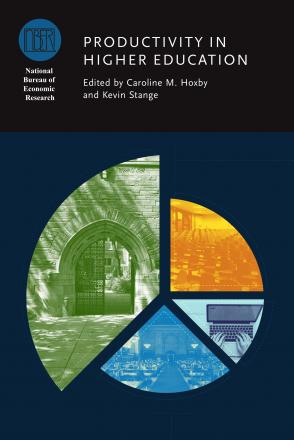Learning and Earning: An Approximation to College Value Added in Two Dimensions

This paper explores the implications of measuring college productivity in two different dimensions: earning and learning. We compute system-wide measures using administrative data from the country of Colombia that link social security records to students’ performance on a national college graduation exam. In each case we can control for individuals’ college entrance exam scores in an approach akin to teacher value added models. We present three main findings: 1) colleges’ earning and learning productivities are far from perfectly correlated, with private institutions receiving relatively higher rankings under earning measures than under learning measures; 2) earning measures are significantly more correlated with student socioeconomic status than learning measures; and 3) in terms of rankings, earning measures tend to favor colleges with engineering and business majors, while colleges offering programs in the arts and sciences fare better under learning measures.
-
Copy CitationEvan Riehl, Juan E. Saavedra, and Miguel Urquiola, Productivity in Higher Education (University of Chicago Press, 2018), chap. 4, https://www.nber.org/books-and-chapters/productivity-higher-education/learning-and-earning-approximation-college-value-added-two-dimensions.Download Citation


